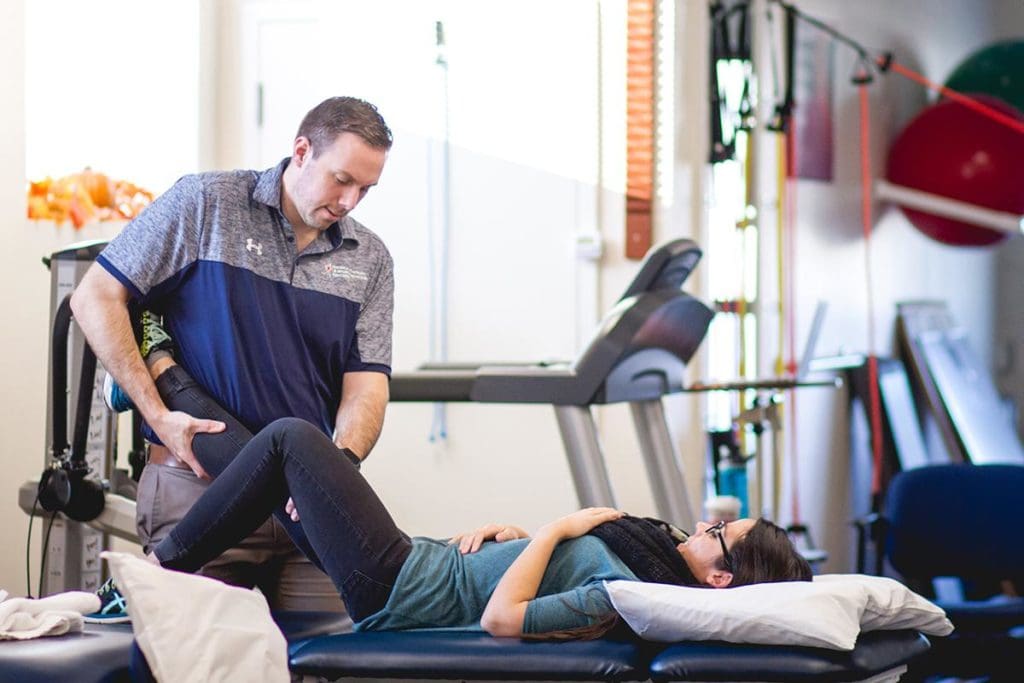
by Joe Allen, PT, DPT, OCS
PTSMC Newington
As we move into 2017, what better time to start talking about “resolutions”? Get in shape, save more money, spend more time with family, stop procrastinating, those are just a few of mine which I’m sure sound familiar. With all resolutions, I think of a similar theme: STRESS. Working as a PT I’ve been growing relationships with folks in a therapeutic setting for the past seven years. Throughout my various interactions with my patients (and listening to others treat theirs), one common theme holds true to everyone: STRESS.
So what does stress have to do with physical therapy and rehabilitation?
Recently, Evidence in Motion, a highly-respected publication cited, “Stress has both the ability to alleviate pain through the chemical release of endogenous opioids and other “happy” chemicals (stress-induced analgesia) or amplify pain (stress-induced hyperalgesia). With the later, pain is often a result of increased emotional stress. What is interesting about this is that with elevated levels of stress, it is believed that the brain may alter the immune system, increasing pro-inflammatory chemicals. One study on patients with rheumatoid arthritis found that levels of interleukin-8, a pro-inflammatory chemical, dropped in those who took a stress management course. So, this holiday season, be sure to balance stressful activities with things that help you relax such as reading a book, snuggling up by the fire, laughing with friends, prayer/meditation or taking a walk.”
A few weeks ago, we celebrated Newington’s one year anniversary by holding a patient appreciation party. For this event I had the opportunity to host an Elite Mental Skills coach, Katrina McTeague, to speak about the relationship between stress and/or anxiety to healing, as well as coping mechanisms. As I engaged myself more into her material I began to wonder, “How many of my patients are likely dealing with stress?” and “How might this stress be contributing to their pain states, potentially delaying the healing process?” As I continued to reflect on these questions and further meet with my patients, I couldn’t help but educate them on the probable connection between their pain and stress. I find it extremely worthwhile to spend a few minutes (while they were already on heat, ice, or performing a passive exercise) reviewing breathing strategies with the goal of calming the central nervous system. Although this strategy will not work for all personalities, it is another tool we can add to “de-stress”. As autonomous professionals, we owe it to our patients to educate them about lifestyle changes in order to help improve the quality of their lives.
Want more info on this topic? E-mail Joe here

